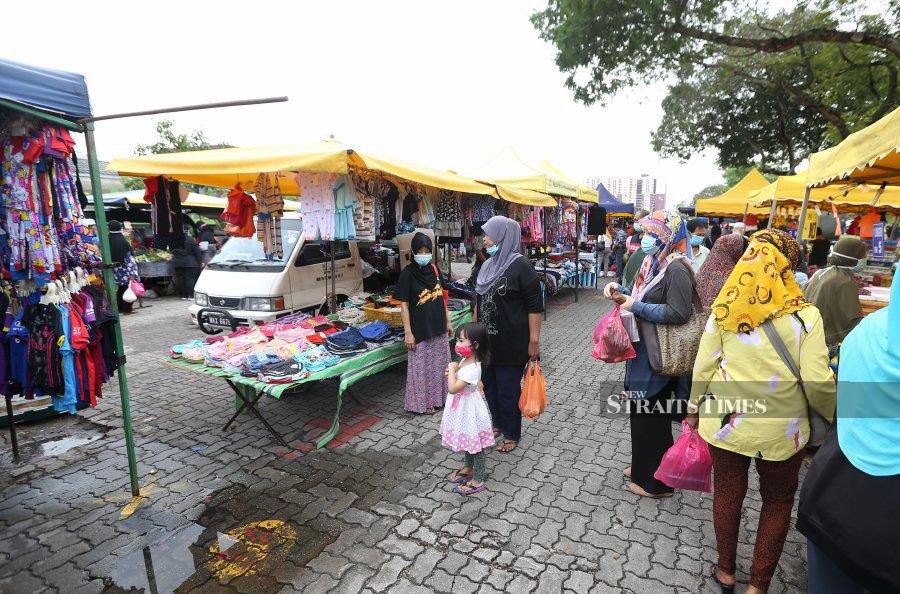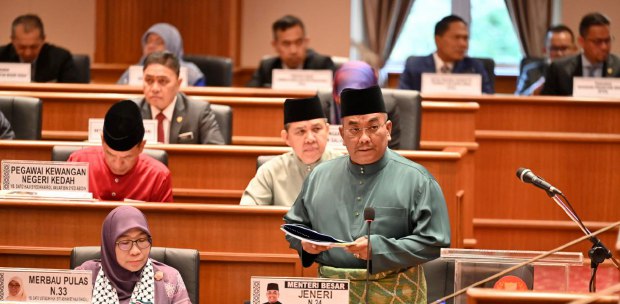THE four fiscal-stimulus packages totalling RM305 billion have provided a booster shot to an ailing economy. It has preserved 2.8 million jobs and supported over 800,000 businesses.
Contributing three per cent to the country's gross domestic product (GDP) this year, fiscal stimulus attests to the dominance of fiscal policy in boosting consumption spending.
Monetary policy complements fiscal management. However, its impact is long term. Unlike fiscal stimulus that shunts direct assistance to the people, a loose monetary policy, that flushes the banking system with liquidity and low interest rates, neither immediately enthuses consumers to borrow and spend nor businesses to invest. Moreover, low interest rates neuter monetary policy.
Fiscal stimulus continues the reliance on consumption to drive the economy. For the past decade, private and public consumption, accounting for two-thirds of its GDP, have propelled Malaysia's economic growth. This will be the stage for the up-coming Budget 2021. Other countries too are into expanding aggregate consumption as part of their economic-recovery efforts.
Take India's fiscal stimulus. India announced, last week, a stimulus package of RM28 billion, beyond the previous RM1.2 trillion, to further stimulate consumer demand and investment in a badly-ravaged economy. Much of this money will go to paying allowances to federal government employees for spending on non-essential items. States too would obtain about RM7 billion in 50-year interest-free loans for raising their capital investments.
Additionally, India will spend roughly RM14 billion towards capital expenditure on roads, defence infrastructure, water supply, and urban development. These measures are expected to increase aggregate demand by about RM57 billion in the economy where consumption comprises about 60 per cent of GDP.
Similarly, Thailand is ramping up fiscal spending to counter its deepest economic contraction in 22 years.
Again, the theme of the spending, that accounts for 20 per cent of GDP, and planned tax-breaks is to support domestic consumption that constitutes half of the economy. The experience of India and Thailand are emblematic of those of other countries such as the UK, the US and the EU in shoring up consumer spending.
There is counsel in the wisdom of the multitude. Accordingly, the Budget 2021 should focus on boosting consumption demand. Increased taxation may not have a place in the coming budget as it will only suck more money from the people during these trying times. However, it must be acknowledged that the government will have a hard time meeting the estimated shortfall of RM60 billion in income taxes and oil revenue.
This shortfall amounts to a quarter of the estimated receipts this year. If it is not tackled judiciously, this shortfall will yank the budget deficit by another four per cent.
Neither does the government have the option to roll back its expenditure just as the economy turns a corner in 2021. A cut-back might just tip the economy back to the doldrums.
Further, foreign direct investments are expected to fall by 40 per cent this year compared to that of last year. The government will have to partly compensate this fall with its capital expenditure.
The International Monetary Fund (IMF) estimates that an additional one per cent of GDP worth of public investments would create seven million jobs directly.
So, all it takes is an additional RM4 billion beyond the current RM56 billion development expenditure to offer enough stimulus to absorb all the two million made jobless by the Covid-19 pandemic.
The additional capital investment can be easily justified. It could be channelled, for instance, to public healthcare. More hospitals could be built in urban areas to relieve congestion in existing ones while providing more employment opportunities for nurses and doctors. More health clinics in rural areas could be set up to extend medical and health coverage for rural communities.
It would be an understatement to say that the government has a difficult and unenviable task in juggling revenue and expenditure in the forthcoming budget.
The writer is a professor at the Putra Business School
The views expressed in this article are the author's own and do not necessarily reflect those of the New Straits Times






